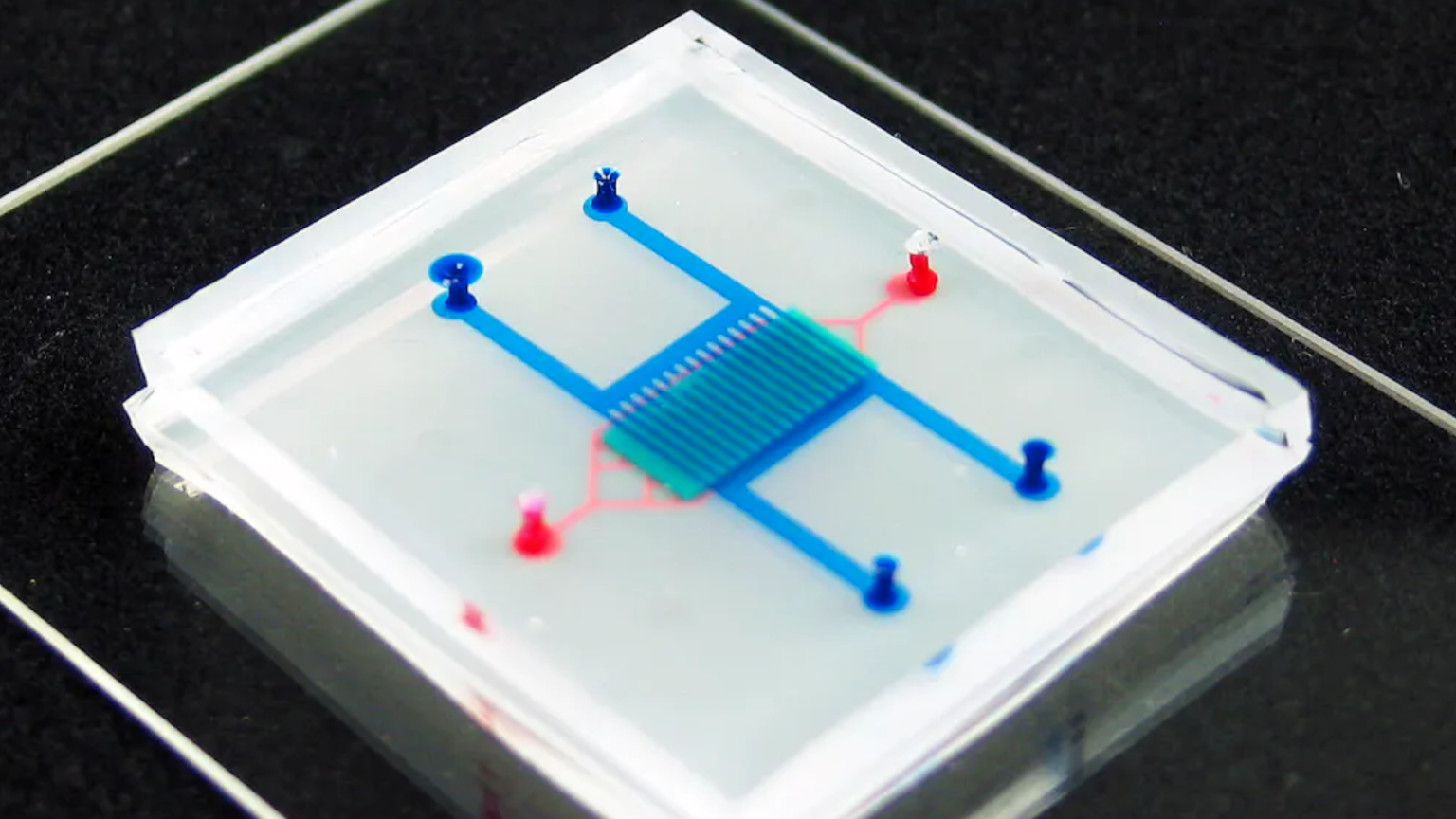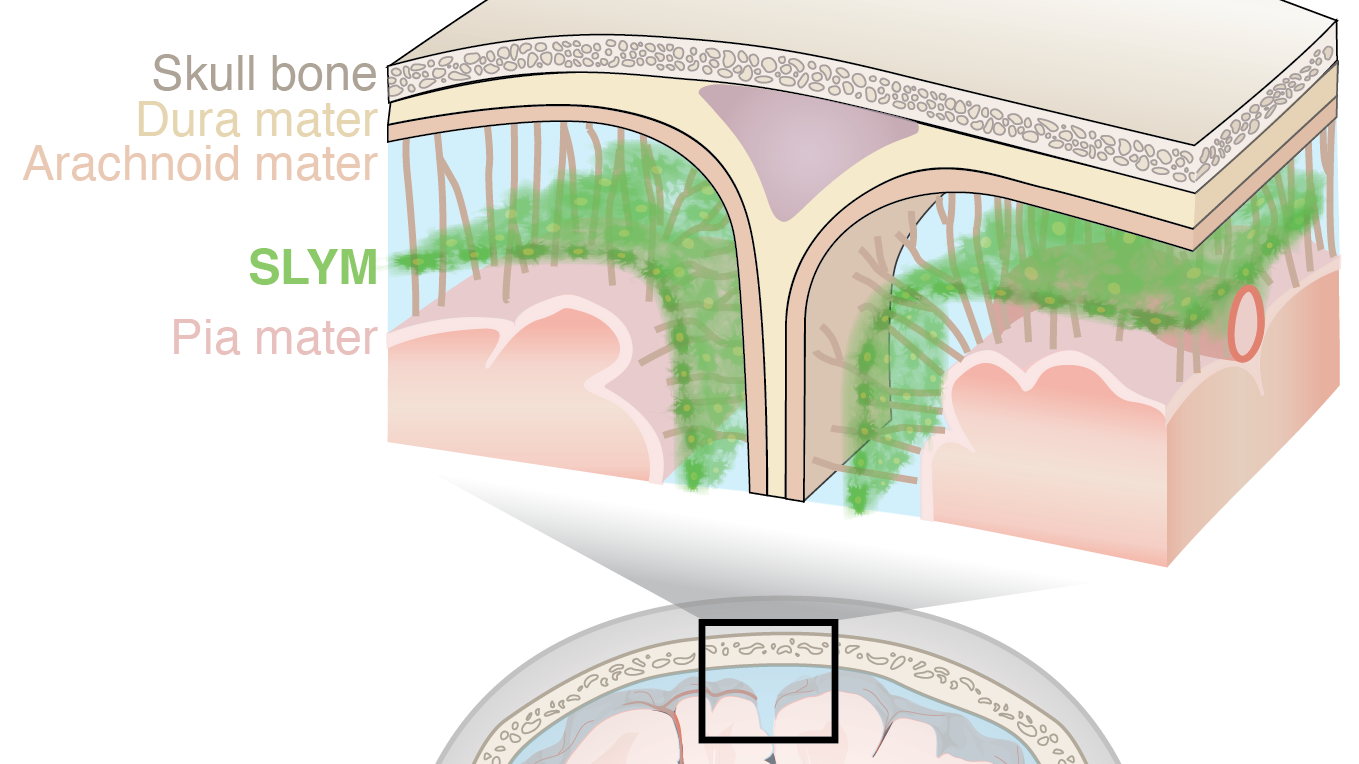Scientists discover a new human organ hiding in plain sight

Ever heard of the “interstitium”?
That’s what researchers are referring to when they talk about a new human organ that’s been pretty much hiding in plain sight.
It seems that the body’s connective tissue is fluid-filled, a feature that hadn’t been noticed before, largely because doctors and researchers typically cut through that layer when studying the cells of a human body; basically, they treat samples with chemicals, then cut them into thin slices, and dye them to highlight key features. This drains the fluid that creates this new organ and so, voila: it disappears or becomes unnoticeable.
They found it using new technology called confocal laser endomicroscopy (pCLE).

Previously, researchers believed these tissue layers to be a dense “wall” of collagen—a strong structural protein found in connective tissue. The new finding reveals that, instead of a wall, this tissue is, rather, an “ open, fluid-filled highway,” said co-senior study author Dr. Neil Theise, a professor of pathology at New York University Langone School of Medicine. The tissue contains interconnected, fluid-filled spaces that are supported by a lattice of thick collagen bundles, Theise said in the report.
It takes peer review and scientific consensus for the interstitium to actually gain the status of a new organ in the human body, but this research is a start along that path.
The finding may help decipher how cancer travels to lymph nodes; if the malignant cells cross over into the interstitium, they are on a direct path to the lymph nodes because that fluid drains into the lymphatic system.





